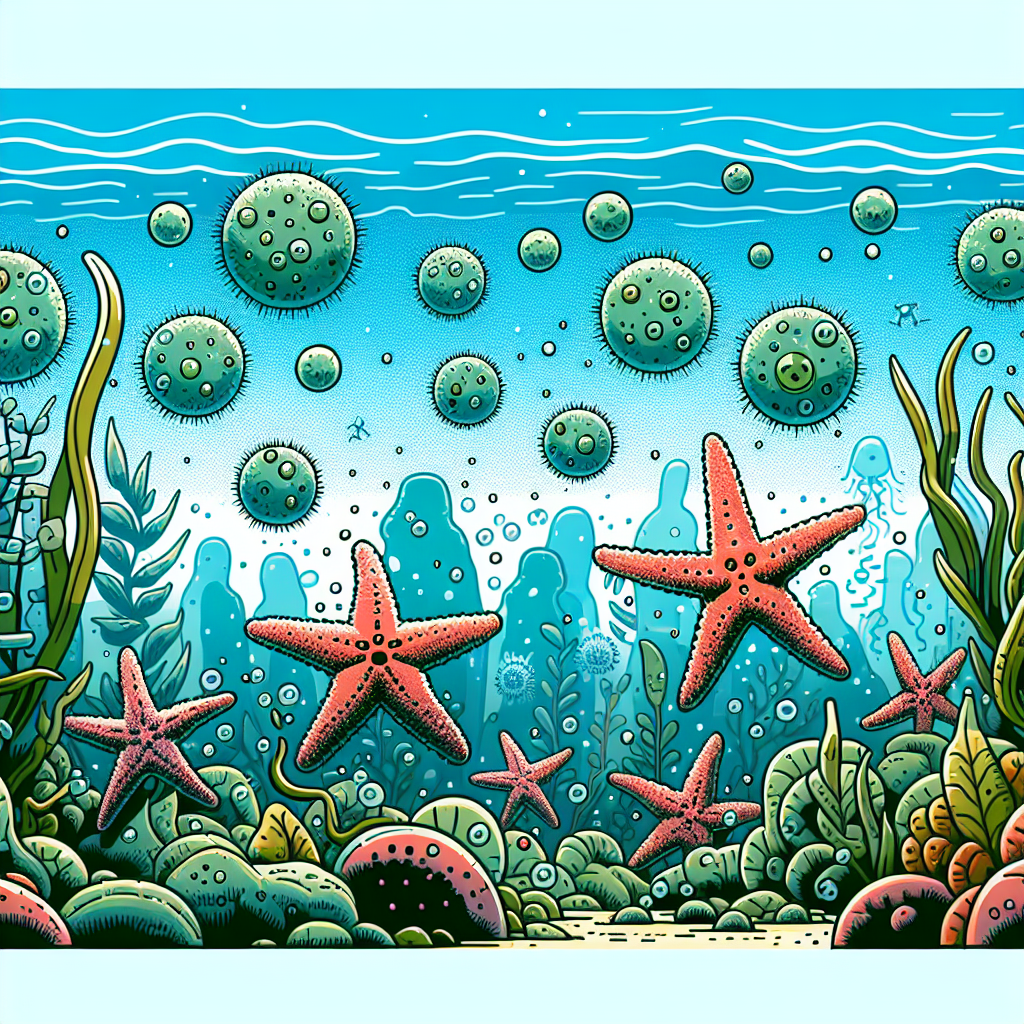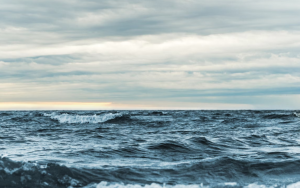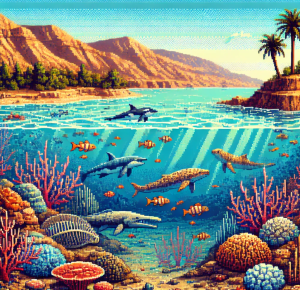
Scientists Identify Bacterium Behind Mysterious Sea Star Deaths
The frailty of marine ecosystems has once again been highlighted by a new study that has identified the bacterium responsible for a baffling epidemic devastating sea star populations along the Pacific coast. Billions of sea stars have perished in this pandemic, leading marine biologists and environmentalists to assess the ecological aftermath and question what future ramifications could emerge from such biotic shifts.
The Mysterious Plague
Sea stars, also commonly known as starfish, have been facing a severe die-off for several years, leaving once vibrant tide pools barren. Initial signs showed sea stars developing lesions, later disintegrating into a gooey substance, a phenomenon described vividly by those who have witnessed it. Until now, the cause of this condition had been enigmatic, inciting anxious speculation and further study among marine scientists.
Vibrio pectenicida: The Culprit
In an investigative breakthrough reported in Nature Ecology & Evolution, researchers concluded that a newly identified bacterium, Vibrio pectenicida, is responsible. This microscopic antagonist belongs to a class of bacteria known to thrive in warmer waters and is notorious for its virulence.
Efforts to identify and confirm the bacterium involved rigorous sampling and modern genetic techniques. ‘Finding the pathogen at the heart of this mystery was critical,’ said lead researcher Alexa Robles-Gil. With growing evidence linking climate change to rising sea temperatures, experts warn that we might see more of these opportunistic pathogens wreaking havoc on ocean life.
The Broader Ecological Ramifications
Sea stars are keystone species—they play a critical role in maintaining the structure and function of marine ecosystems. The ongoing loss significantly disrupts ecological balance, potentially leading to unchecked populations of prey species like sea urchins, which in turn devastate the kelp forests they inhabit.
Furthermore, coral reefs have seen similar bacterial devastations, most notably due to Vibrio coralliilyticus, often linked to bleaching events. This parallel underscores the vulnerability of several marine ecosystems globally, encouraging a need for interlinked research to understand and mitigate the threats we face.
Looking Ahead: Research and Prevention
This discovery paves the way for environmentally tailored conservation strategies, essential for preserving both the species affected and the broader marine ecosystems relying on them. ‘Continued research, alongside improved monitoring and rapid response protocols, may prevent future outbreaks or at least minimize their impact,’ researchers advocate.
This situation highlights the importance of collaboration between scientists, policymakers, and conservationists to develop resilient marine ecosystems capable of withstanding such microbial threats. Furthermore, it underpins the urgent need to combat climate change, which indirectly contributes to the proliferation of such bacteria.
Ultimately, reversing the damage may be an uphill task, but understanding Vibrio pectenicida’s role is a crucial first step. It represents a pivotal advance in our quest to decode and safeguard the complex web of life beneath our oceans.
To learn more about this and related marine conservation studies, you can visit the original New York Times article for an in-depth exploration of this pressing issue.



